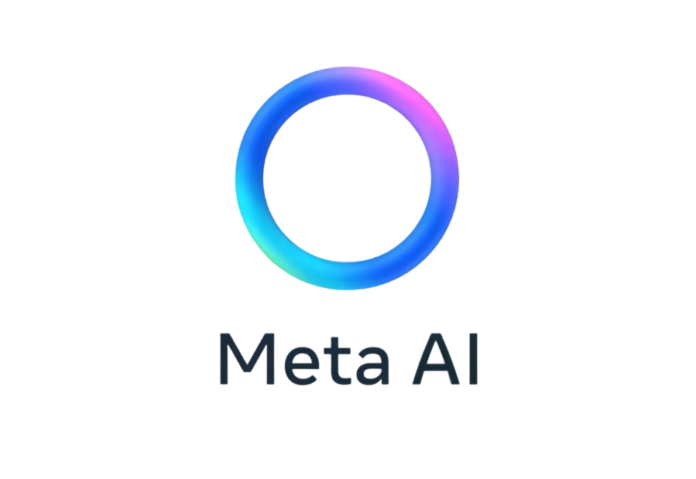After announcing plans to provide a well-developed open-source AI model in April, Meta, on July 23, officially made available its most recent AI model. The first product for the AI sector from the company is Meta Llama 3.1. According to the business, this model has already surpassed its top-ranked competitors and is the largest open-source AI model ever. In the blog article, Meta claimed that the most recent model beat the GPT 4o and the Claude 3.5 Sonnet from Anthropic on a number of benchmarks. Only an older generation of vehicles behind the frontier might be compared to Llama 2 last year. Llama 3 is dominating in several categories and competing with the most sophisticated models this year.
What is Llama 3.1?
The most intricate AI model created by Meta to date is Llama 3.1. The fact that the most recent version of Meta AI is based on Llama 3 is noteworthy, because using it is a lot of fun. According to Meta CEO Mark Zuckerberg’s blog post, open-source AI models are progressing quickly and are on the verge of overtaking proprietary ones, similar to how Linux overtook proprietary operating systems to become the predominant operating system powering contemporary devices and infrastructure.
He compares Meta’s open-source AI investment to its earlier Open Compute Project, which used collaborative innovation to achieve huge cost savings. Similar to the Open Compute Project’s success in data center design and management, he expects open-source development to foster breakthroughs and efficiencies in AI.
He stated, “I believe the Llama 3.1 release will be an inflection point in the industry where most developers begin to primarily use open source, and I expect that approach to only grow from here.”
All of the main clouds, including AWS, Azure, Google, Oracle, and others, will support the models. Businesses can use Scale.AI, Dell, Deloitte, and other companies to assist with adopting Llama and using their own data to train custom models.
Given that Meta makes no mention of model training, this is not surprising. The real source data that was utilized to train Llama 3.1 has not been made public.
Meta AI is now multilingual.
Along with adding new features that allow image generation based on an individual’s distinctive appearance, Meta is also extending the reach of its Llama-based AI assistant to more languages and regions. Additionally, Meta has announced the multilingualization of the Meta AI, an assistant in Meta apps. As of right now, Meta AI is accessible in 22 nations, the most recent of which are Argentina, Chile, Colombia, Ecuador, Mexico, Peru, and Cameroon.
Additionally, users can communicate with Meta AI in the following new languages: French, German, Hindi, Hindi-Romanized Script, Italian, Portuguese, and Spanish, with more to come on Facebook, Instagram, Messenger, and WhatsApp.
Do Follow: CIO News LinkedIn Account | CIO News Facebook | CIO News Youtube | CIO News Twitter
About us:
CIO News is the premier platform dedicated to delivering the latest news, updates, and insights from the CIO industry. As a trusted source in the technology and IT sector, we provide a comprehensive resource for executives and professionals seeking to stay informed and ahead of the curve. With a focus on cutting-edge developments and trends, CIO News serves as your go-to destination for staying abreast of the rapidly evolving landscape of technology and IT. Founded in June 2020, CIO News has rapidly evolved with ambitious growth plans to expand globally, targeting markets in the Middle East & Africa, ASEAN, USA, and the UK.
CIO News is a proprietary of Mercadeo Multiventures Pvt Ltd.






